The weight of the Apple Vision Pro is an issue that Apple is still working on, a report claims, with future models set to become much lighter.
Apple's engineering teams are hard at work preparing the Apple Vision Pro for launch. Though the focus is more on future models than the already-finished first-generation hardware, Apple is still concerned about the weight of its initial release, and how consumers will take it.
Writing in the Bloomberg "Power On" newsletter, Mark Gurman says that the current model is heavy at "about a pound." This weight was apparently shown in testing to be considered "too heavy for some users - even in short stretches," and had also caused neck strain.
The weight issue was also observed by AppleInsider when it tried out the device, with "light neck fatigue" ensured after an hour and a half of use.
For the current model, Apple is considering a fix involving an over-the-head strap, which has surfaced in previous reports. Though Apple can't do much about the current model's weight, other than to try and support it more, the weight is a factor being taken onboard for later models.
As well as weight, Apple may also vary the design to make it more useful for people who wear glasses. The first-gen model was slimmed down and wouldn't work with glasses, and instead relies on magnetic prescription lenses to be installed before use.
Such a system with thousands of interchangeable lens combinations may be a logistical nightmare for future models, as well as making it complex for consumers.
Apple may opt to sell future headsets with prescription lenses pre-installed to simplify usage, but doing so would make the headset less useful for sharing with others, or if the user's vision prescription changes. There are also concerns that providing built-in prescription lenses would make Apple a form of health provider, which introduces various related problems.
Gurman offers that Apple's now-stalled plan for AR glasses could be the way forward since it would be a lightweight piece of hardware that didn't rely on passthrough cameras and VR screens. Theoretically, they could be worn all day.
Doing so will require Apple to increase its development on the AR glasses project, which it may do eventually if the Vision Pro proves popular enough.
 Malcolm Owen
Malcolm Owen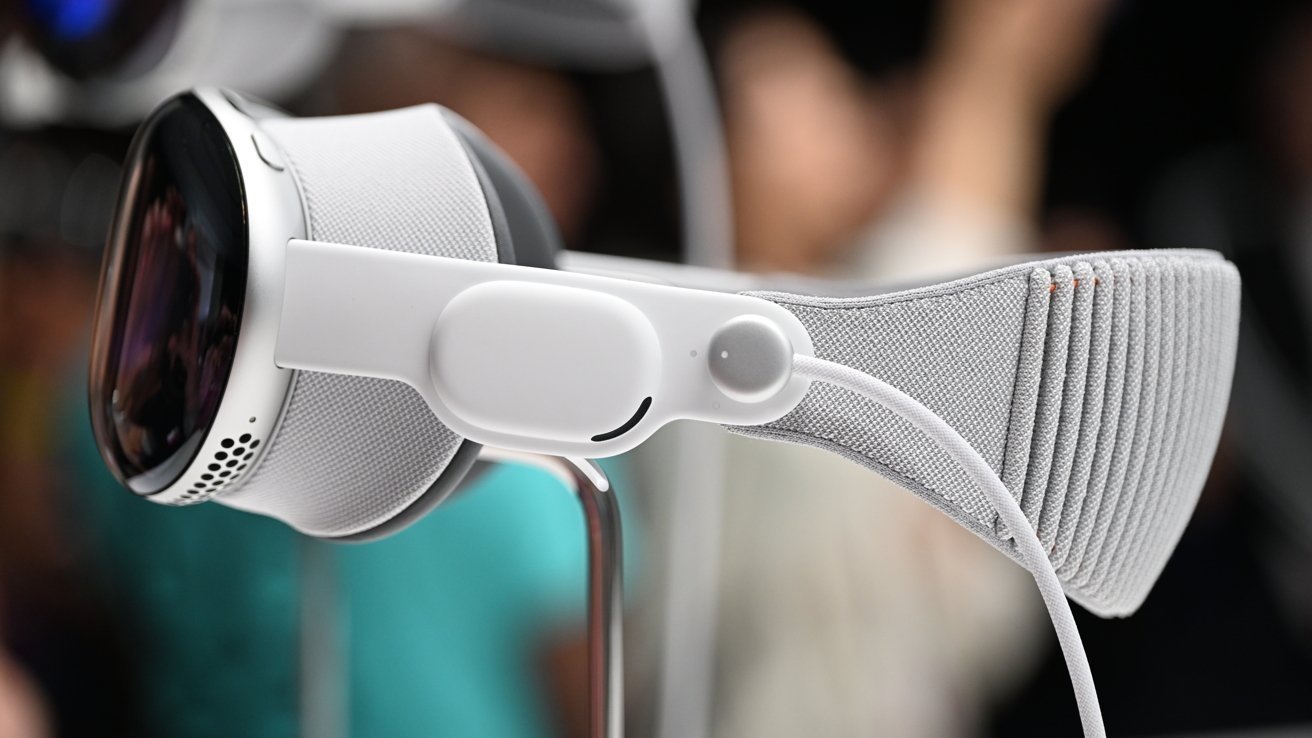

-m.jpg)






 Wesley Hilliard
Wesley Hilliard
 Amber Neely
Amber Neely
 William Gallagher
William Gallagher
 Christine McKee
Christine McKee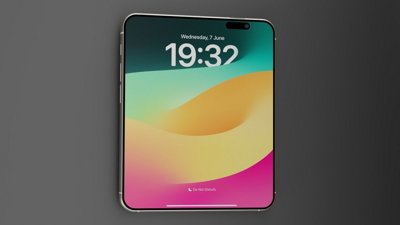


 Andrew Orr
Andrew Orr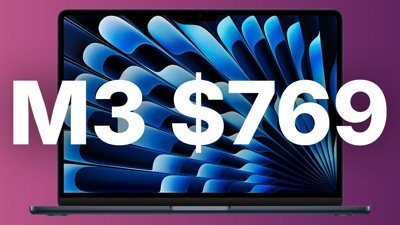

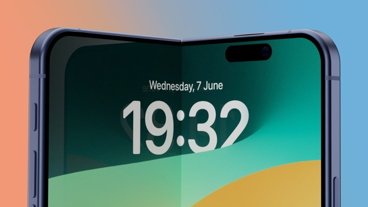
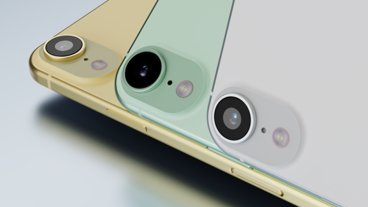







42 Comments
what about the feature where the headset itself adapts to the user's prescription? apple has a few patents on that. I'm guessing the technology is way off?
Listen. This shouldn’t be a problem. For 10 years we’ve all been hunched over our phones straining our trapezius, splenius, and rhomboid muscles. We should be strong now. This shouldn’t be a problem.
Do we have any word on whether the current demoed models are using SS, aluminum or titanium for their frame?
I imagine that front glass with an outward-facing display adds some weight that many would be fine with dumping, but I understand why Apple wants to make it clear if you're in VR or AR when wearing them around others.
Apple can lighten the unit and slim the bulk considerably via materials change. But that would either a: cost even more to use higher end materials or b: resort to even more cheap plastic.